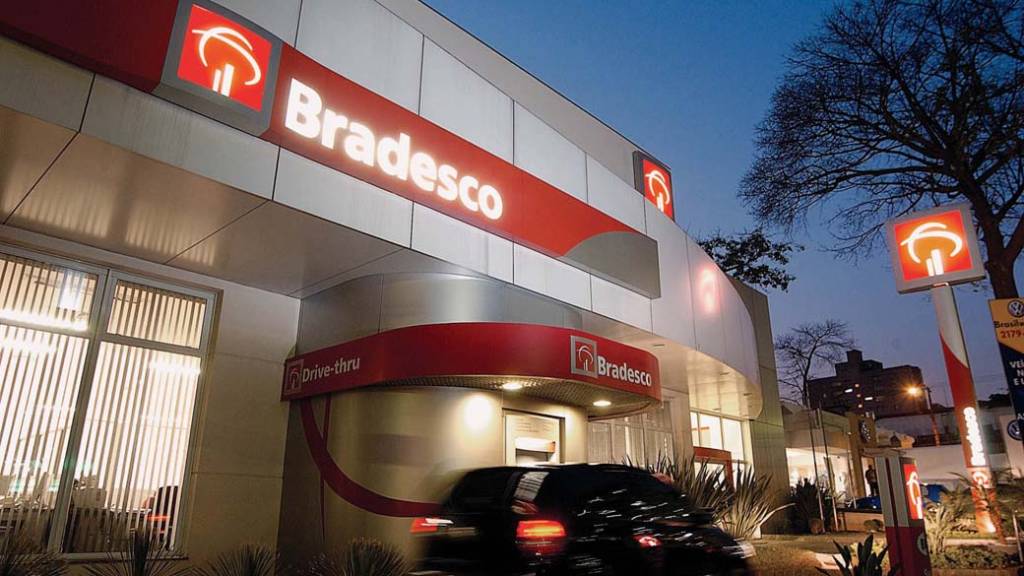RIO DE JANEIRO, BRAZIL – In the first half of 2020, marked by the pandemic, Bradesco (BBDC3; BBDC4) outperformed Itaú Unibanco (ITUB4), its main rival, and topped the list of publicly traded companies with the highest profits in Latin America.
According to a survey conducted by Economatica, a financial data company, Bradesco closed the semester with a net profit of US$1.257 billion (R$6.888 billion), while Itaú Unibanco, second placed, had gains of US$1.246 billion (R$6.825 billion).
The survey involved 582 companies from different sectors that disclosed their second quarter balances, to form the half-yearly result by August 21st. The survey considered the accounting profit awarded to shareholders, used as a base for dividends distribution, and left out the portion of the result for subsidiaries’ minority shareholders.

The accounting profit is what is stated in the financial statements sent to the Securities Commission (CVM), the country’s capital market “sheriff”, and differs from the so-called recurring profit, preferred by many analysts and companies for removing occasional factors that influence the results.
According to André Cano, Bradesco‘s vice-president for finance and risk, four main factors explain the bank’s results, which, albeit at the top of the podium, recorded a drop of approximately 40 percent in net income in the first six months of the year compared to the same period in 2019.
He highlights the three percent nominal reduction (excluding inflation) in expenses, the 9.2 percent increase in the margin on treasury and client operations and the 14.9 percent growth in the credit portfolio compared to the first half of 2019.
He also notes the increase in the number of account holders by 2.1 million, to 31.3 million, helped by the achievement of large companies payroll, the growth of Bradesco Expresso, which operates with banking correspondents, and the opening of new accounts by Next, Bradesco’s fully digital bank.
“It is logical that the total profit of the financial sector is greater than that of other sectors. The banking business is very capital intensive,” he says. “The profitability of banks suffered a sharp reduction in the first half of the year, with a drop in shareholder’s income by almost half compared to the same period in 2019. In relation to net worth, profitability was similar to that of other sectors and some achieved even better results than the financial sector”.
Despite losing the leadership in the net profit ranking, Itaú Unibanco had a higher profitability than Bradesco. According to the survey, Itaú’s net profit represented 5.4 percent of net worth compared to 5.1 percent for Bradesco. This was possible because Itaú’s net worth has been lower than its rival’s since the first quarter of 2019.
However, BB Seguridade (BBSE3), the insurance arm of Banco do Brasil (BBAS3), achieved the best performance among the 20 Latin American companies with the highest profits, of which 12 are Brazilian, with a 34.4 percent yield. Among banks, the most profitable was Santander Brasil, with a 7.79 percent yield.
Donation
According to Renato Lulia, head of the investor relations area at Itaú Unibanco, net profit dropped in the first half mainly due to the release of almost 100 percent of the R$1 billion donation to the ‘Todos pela Saúde’ (All for Health) program in the second quarter. “What investors look at is the recurring revenue,” he says. “We had a better performance on the recurring revenue than on the accounting profit, which was the highest among Brazilian banks in the quarter.”
Lulia says that Itaú Unibanco’s lower net worth compared to Bradesco is due to a managerial decision to “do more with less” and to reserve a greater part of the capital for dividend distribution, without compromising the capitalization indexes.
“Our capitalization is still very comfortable. We are over four points above the regulatory minimum”, he says. “What happened was the result of a strategic decision to return the surplus capital to shareholders and not to load any more capital than we need.”
Source: Estadão Conteúdo

